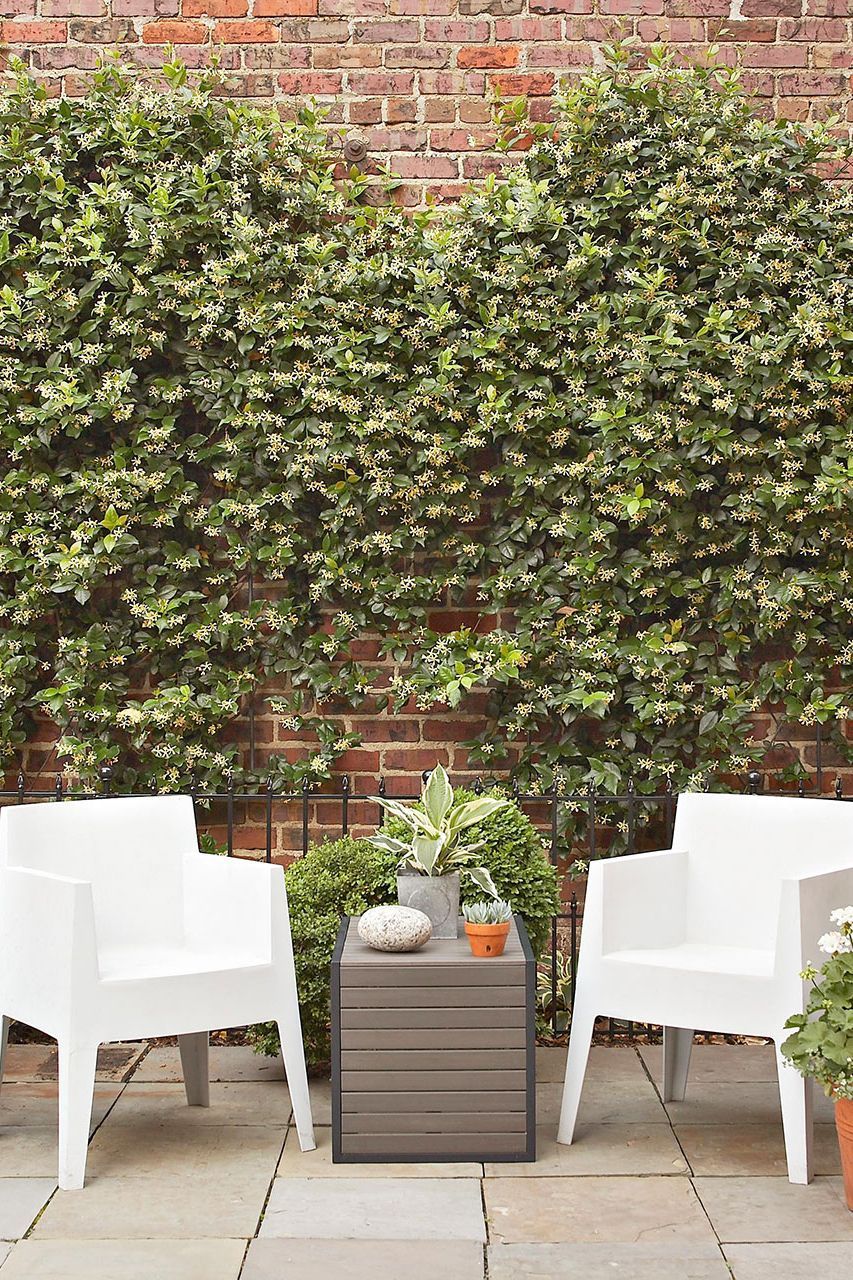We sometimes get mould on the walls in the corners of the room throught the winter it leads off the kitchen and so gets steam etc this has actually been better since we had an extractor fan fitted in kitchen read less read more its the steam that s causing the mould if its trapped in.
Mold on furniture but not on walls.
White mold is a bacteria that can grow frequently in homes.
The area should be opened to check for structural damage.
Mold in the house isn t just a problem for people with allergies or asthma.
Your household furniture should not be kept close to or touching the walls as this diminishes the air flow and creates condensation.
If you have hot and humid areas in your house mold can develop on your furniture.
The best way to cut down on mold in your home is to reduce the humidity as much as is possible even if that means implementing dehumidifiers around your home.
In some cases mold and mildew can grow because air temperature is not uniform.
If the mold is fuzzy and black it may be much worse than just unsightly.
If you have mold growing in or on the walls you don t necessarily have any on your furniture.
When you check your furniture for mold remember to check underneath pieces of furniture.
Increase air circulation by using fans and by moving furniture from wall corners.
Another concern of course is the furniture in the room.
When hot and cold air meets they cause water particles to condense on furniture surfaces contributing to mold and.
Leaking pipes cause mold water leaks from pipes are a common cause of mold growth.
Removing mold from interior walls flooring and carpet.
Upholstered furniture in particular absorbs moisture making it a prime candidate for mold growth.
Do not finish basement walls.
In most cases mold on the furniture is due to a combination of excess humidity and poorly insulated exterior walls.
Wear safety glasses and respiratory protection.
In time this condensation creates an environment conducive to mold growth.
When a dresser is right against an exterior wall the airflow is restricted and condensation can form.
There were no marks on the wall skirting or floor.
These wet surfaces can in turn create mold growth of their own.
I checked all my wooden furniture and found no dampness marks.
We sometimes get mould on the walls in the corners of the condensation.
Due to lack of storage i was storing some handbags on the floor in the corner of the room and about 6 months in i moved the bags and noticed they were covered in green white mould.















































